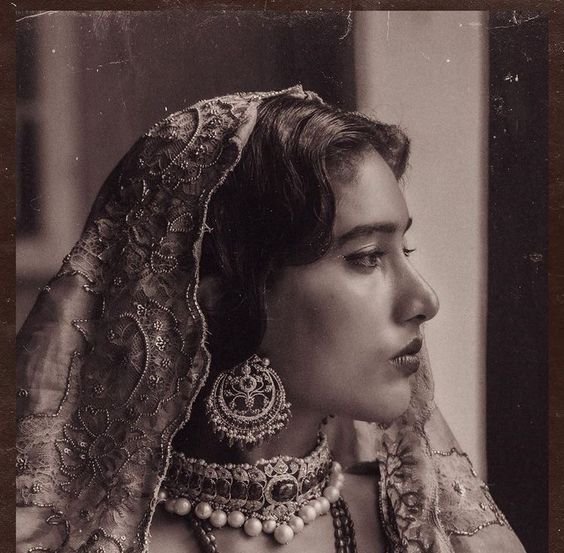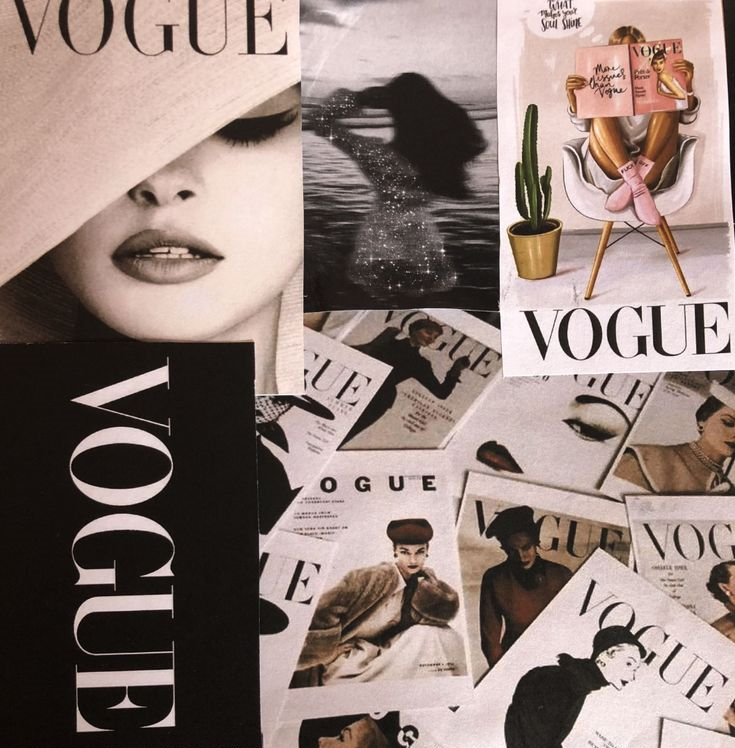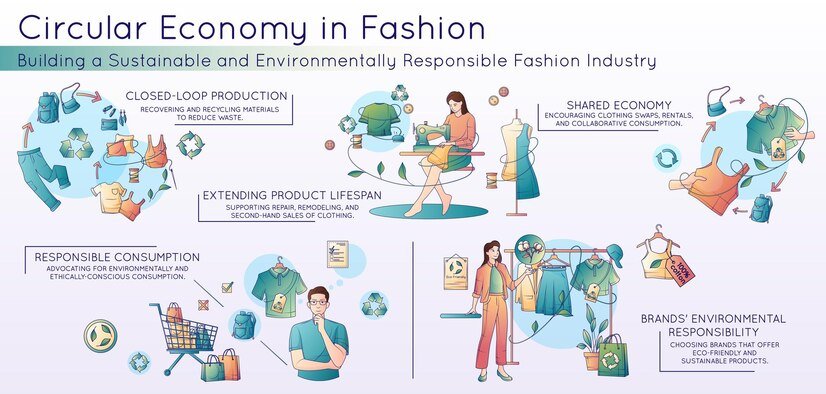
Fashion culture are a enchanting realm that is ever growing and changing. Aside from style, the realm includes its own set of values, historical influences, technological developments and personal expression.
Reflecting historical influences: Explore how fashion evolved in different decades of this century. What impact did major historical events, or social changes which occurred at certain times have on clothing styles?
- CULTURAL DIVERSE: The fashion trends of the world and what part each culture contributes is discussed, how cultural appropriation and appreciation are regarded in industry.
2. SUSTAINABILITY: There is the growing importance of innovative fashion culture practices such as eco-friendly materials. Ethical production methods, and the rise of second-hand or vintage clothes. Future topics can be explored here without delving too much into technicalities.
3. TECHNOLOGY AND INNOVATION: The impact of technology on fashion culture such as wearable tech. Digital fashion shows, e-commerce platforms–these are all areas just waiting to explored for further research.

4. FASHION ICONS AND MOVEMENTS: Discuss influential designers, models, and fashion trends that have created work and inspired innovation.
5. GENDER AND IDENTITY: Discuss how fashion is gendered, inclusive, and representational, including the rise of gender neutral clothing.
6. FASHION AND MEDIA: Explore the role of social media influencers, fashion blogs, and digital marketing in shaping consumer manner and trends.
7. CLOTHING ART: Explore the intersection of fashion and art, including collaborations between designers and designers, and the impact of fashion on art and vice versa.
8. FASHION EDUCATION AND CAREERS : Provide insight into educational pathways and career opportunities in the fashion industry, including advice for aspiring models or designers.
9. FASHION AND ECONOMY: Discuss the economics of fashion, including luxury markets, fast fashion, and the impact of consumer behavior on the global supply chain
Economical Impact Of fashion

The global fashion industry generates billions of dollars annually. This includes fashion design, product development, retail sales, and revenues from related industries such as advertising, marketing, fashion events, etc.
Fashion is a major employer worldwide in design , manufacturing, sales, logistics, marketing, and media. It provides a livelihood for a diverse group of workers from master craftsmen to tradesmen to fashion designers. Fashion is an important driver of global trade and supply chain. Countries specialize in a variety of sectors (e.g. policy, manufacturing, raw materials) that create linkages and opportunities in international trade.
It drives innovation in fashion accessories, manufacturing and digital technologies. Research and development in textiles, sustainable practices, and wearable technologies contribute to technological advancement and economic growth.
The apparel sector attracts capital from investors, private equity and public markets. Fashion brands and retailers are usually either publicly traded companies or targeted for mergers and acquisitions. The luxury culture attracts significant capital from venture capital, private equity, and the national market. Brands and retailers are often publicly traded companies or targeted for mergers and acquisitions.
Fashion weeks and events such as Paris Fashion Week, Milan Fashion Week, New York Fashion Week attract tourists and businesses of workers, and boosts local economies by increasing spending on accommodation, food , and entertainment. Fashion retail global Head of consumer spending in the form of p There is a side. It has a range of products ranging from luxury to casual products, catering to the number and preferences of customers.
History of fashion culture
The history of fashion culture is a fascinating journey through time, revealing a fascinating fabric of human creativity, social change and cultural evolution. From ancient civilizations to modern runways, fashion has been a reflection of identity, status, and social values.
In ancient civilizations such as Egypt, Mesopotamia and China, clothing was not just practical but full of symbolic meaning. Clothes, colors, and dress reflect social status, occupation, and even religious affiliation. Pharaohs and kings displayed power and authority in their sumptuous attire, while commoners dressed in plain clothes.
Guild trading routes emerged in the Middle Ages, facilitating the exchange of textiles and handicrafts across Europe and Asia This period gave rise to distinctive regional styles ranging from sumptuous Byzantine silks to elegant European courts correspondingly so Fashion culture became a symbol of wealth and sophistication , controlling who could control what was available, and reinforcing class distinctions.
The Renaissance was a pivotal time in the history of fashion, when art, science, and research inspired a revival of classical aesthetics. That period saw the birth of luxurious fabrics such as velvet and satin, exotic lace and tailoring as we know it today Louis XIV’s palace at Versailles is an example of luxury fashion culture during the Baroque period, where luxurious clothes conveys power and artistic sensitivity no
The Industrial Revolution brought machinery to fashion , democratized clothing, paved the way for department stores and the rise of ready-to-wear The 20th century saw rapid changes in fashion culture with technology intellectual development and cultural development
